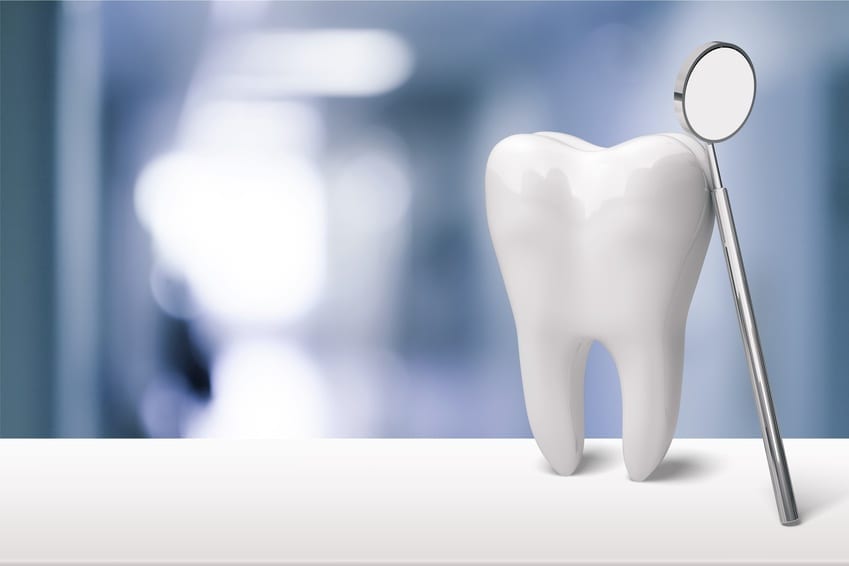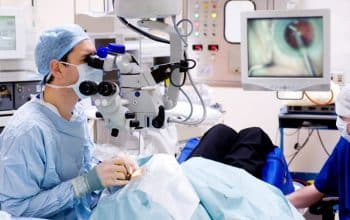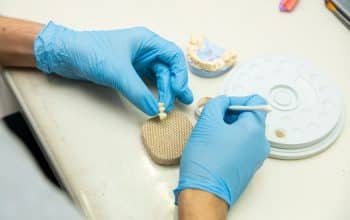SELECT THE WORDS & LEVEL
In recent years, the field of dentistry has experienced a rapid evolution driven by technological advancements. These innovations are not only enhancing the efficiency of dental procedures with the help of lake geneva orthodontist but also improving patient experiences and outcomes. In this article, we will explore the latest innovations in dental technology and what patients can expect in the near future.
Digital Impressions and 3D Printing
One of the most significant advancements in dental technology is the shift from traditional impressions to digital impressions. Digital scanners are now used to create highly accurate 3D models of patients’ teeth, eliminating the need for messy and uncomfortable traditional molds. This not only streamlines the process but also enhances the precision of restorations.
Moreover, 3D printing has become a game-changer in dentistry. It allows for the fabrication of dental prosthetics, crowns, bridges, and even temporary braces with unprecedented speed and accuracy. This technology not only reduces the time patients spend in the dental chair but also enables more customized and natural-looking dental solutions.
Artificial Intelligence in Diagnostics
Artificial intelligence (AI) is making significant inroads into dental diagnostics. AI algorithms are being trained to analyze dental images, such as X-rays and intraoral scans, to detect early signs of dental issues. This not only aids in early diagnosis but also enhances the precision of treatment planning.
AI-powered diagnostic tools can identify cavities, periodontal diseases, and even abnormalities in the jawbone with a high degree of accuracy. As these technologies continue to evolve, they have the potential to revolutionize preventive care, enabling dentists to intervene before issues escalate.
Teledentistry and Remote Monitoring
The rise of telehealth has extended to dentistry, giving birth to the concept of teledentistry. This innovation allows patients to consult with their dentists remotely, eliminating the need for in-person visits for certain types of appointments. This is particularly beneficial for routine check-ups, follow-ups, and consultations regarding minor dental issues.
Additionally, remote monitoring devices are becoming more prevalent in dentistry. Patients can use these devices to track their oral health metrics, such as gum health, tooth movement, and even jaw alignment, from the comfort of their homes. Dentists can then remotely monitor these metrics and intervene when necessary, promoting proactive dental care.
Augmented Reality for Treatment Planning
Augmented reality (AR) is making its mark in the field of dentistry by providing innovative solutions for treatment planning. Dentists can now use AR to overlay digital images of proposed treatments onto a patient’s actual oral anatomy. This allows both dentists and patients to visualize the potential outcomes of various procedures, such as orthodontic treatments or cosmetic enhancements, before any work is done.
This technology enhances communication between dentists and patients, ensuring that both parties have a clear understanding of the proposed treatment plan. It also allows for real-time adjustments, fostering a collaborative approach to dental care.
Laser Dentistry
Laser technology has been employed in various medical fields, and dentistry is no exception. Laser dentistry is gaining popularity for its precision and minimally invasive nature. Lasers are used for a variety of dental procedures, including cavity detection, gum reshaping, and even teeth whitening.
The use of lasers in dentistry often results in quicker healing times, reduced discomfort, and less need for anesthesia. As technology continues to advance, lasers may play an even more prominent role in a wide range of dental applications.
Smart Toothbrushes and Oral Health Apps
The rise of smart technology has extended to oral care with the development of smart toothbrushes and oral health apps. Smart toothbrushes are equipped with sensors and connectivity features that monitor brushing habits and provide real-time feedback. This not only encourages better oral hygiene practices but also allows users to track their brushing effectiveness over time.
Complementing smart toothbrushes, oral health apps offer features such as reminders for dental appointments, personalized oral care tips, and even virtual simulations of brushing techniques. These tools empower patients to take a more active role in their oral health and establish consistent routines.
Biocompatible Materials for Dental Implants
Advancements in materials science are influencing the field of dental implants. Traditional materials like titanium have long been the standard for dental implants due to their strength and biocompatibility. However, ongoing research has led to the development of new materials, such as zirconia and advanced ceramics, which offer enhanced aesthetics and biocompatibility.
These materials not only provide more natural-looking dental implants but also have the potential to reduce the risk of complications and improve long-term success rates. As technology continues to advance, we can expect further innovations in implant materials, expanding options for patients seeking dental restoration.
Conclusion
In conclusion, the future of dentistry is undeniably intertwined with technological advancements. From digital impressions and 3D printing to AI diagnostics and teledentistry, these innovations are reshaping the landscape of dental care. As these technologies continue to evolve, patients can look forward to more efficient, personalized, and minimally invasive dental experiences. Embracing these innovations will not only enhance the practice of dentistry but also contribute to improved oral health outcomes for individuals around the globe.




